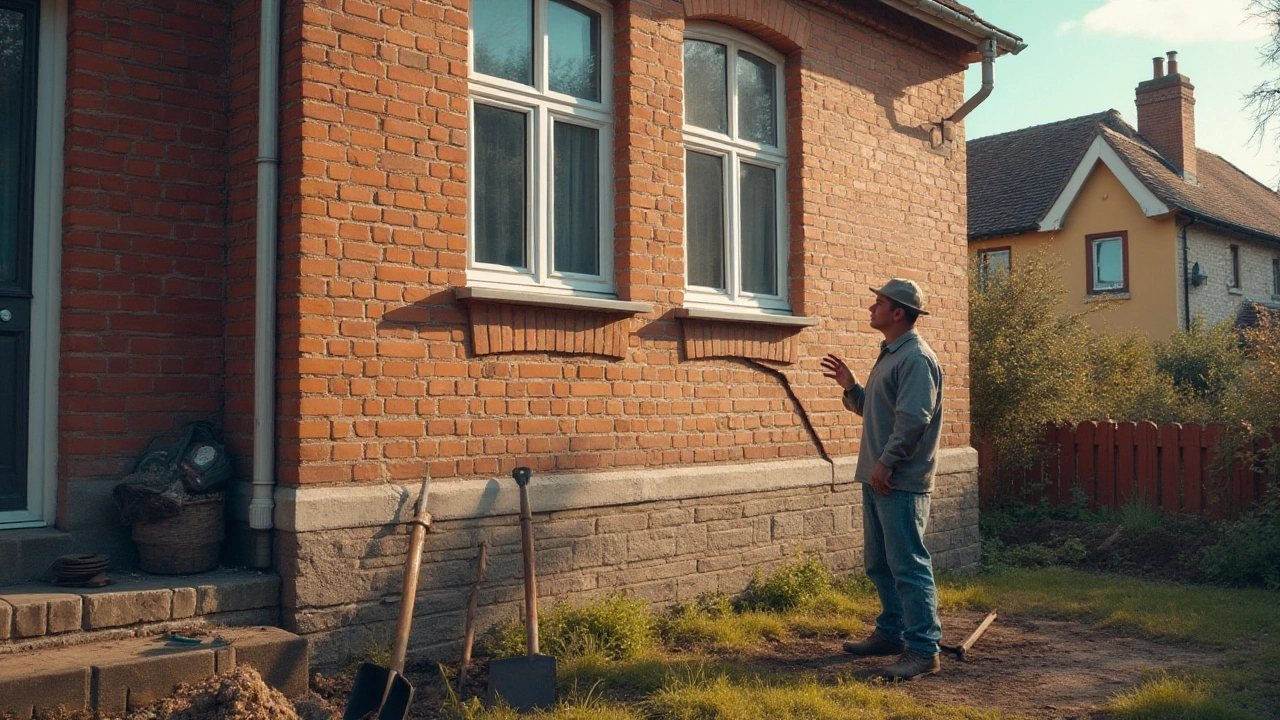House Foundation Problems: What to Look For and How to Fix Them
If your house is shifting, creaking, or has cracks in the walls, the foundation might be the culprit. A weak foundation can lead to costly repairs and even safety hazards, so catching problems early makes a big difference. Below are the most common signs you’ll see and some practical ways to address them without waiting for the situation to get out of hand.
Typical Signs of Foundation Trouble
First, walk around the outside of your home. Look for gaps where the siding meets the ground or where the concrete slab is uneven. Inside, check the doors and windows – if they stick or don’t close properly, the frame may have moved.
Cracks are the most obvious indicator. Hair‑line cracks in plaster are usually harmless, but wide, stair‑step cracks in brick or concrete often mean the foundation is moving. Keep an eye on cracks that appear near doors, windows, or corners of the house, and note if they get longer over time.
Floor level changes are another clue. If you notice a sloping floor, especially in the bathroom or kitchen, it could be a sign of a settling slab. Use a level or a simple ball‑point pen placed on a flat surface; if it rolls, the floor isn’t level.
Water problems also point to foundation issues. Persistent damp spots in the basement or a musty smell can mean water is seeping through cracks. Poor drainage around the house – like gutters that dump water right next to the foundation – worsens the problem.
Cost‑Effective Repair Options
Not every foundation issue needs a massive dig. Minor cracks can be filled with epoxy resin or polyurethane foam, which expands and seals the gap. These products are available at most hardware stores and can be applied in a few hours.
If the slab is uneven, you might be able to use a self‑levelling compound. This is a concrete‑based mix that pours over the low spots and creates a flat surface. It’s a quick fix for small areas like a bathroom floor.
For more serious movement, steel piers or helical piles are often the go‑to solution. They’re driven deep into the soil and lift the existing foundation back into place. While this sounds pricey, it’s usually cheaper than rebuilding the entire foundation, and the work can be done in a weekend.
Improving drainage can prevent many future issues. Make sure your downspouts direct water at least three feet away from the house, and consider adding a French drain around the perimeter if water pools often.
Finally, regular inspections save money. A professional can spot subtle shifts that a homeowner might miss, and they can recommend the right repair method before the problem escalates.
Bottom line: keep an eye on cracks, door movement, and water signs. Small repairs now can stop a tiny issue from turning into a huge expense later. If you’re unsure, give a qualified foundation specialist a call – a quick assessment often uncovers the simplest fix.


